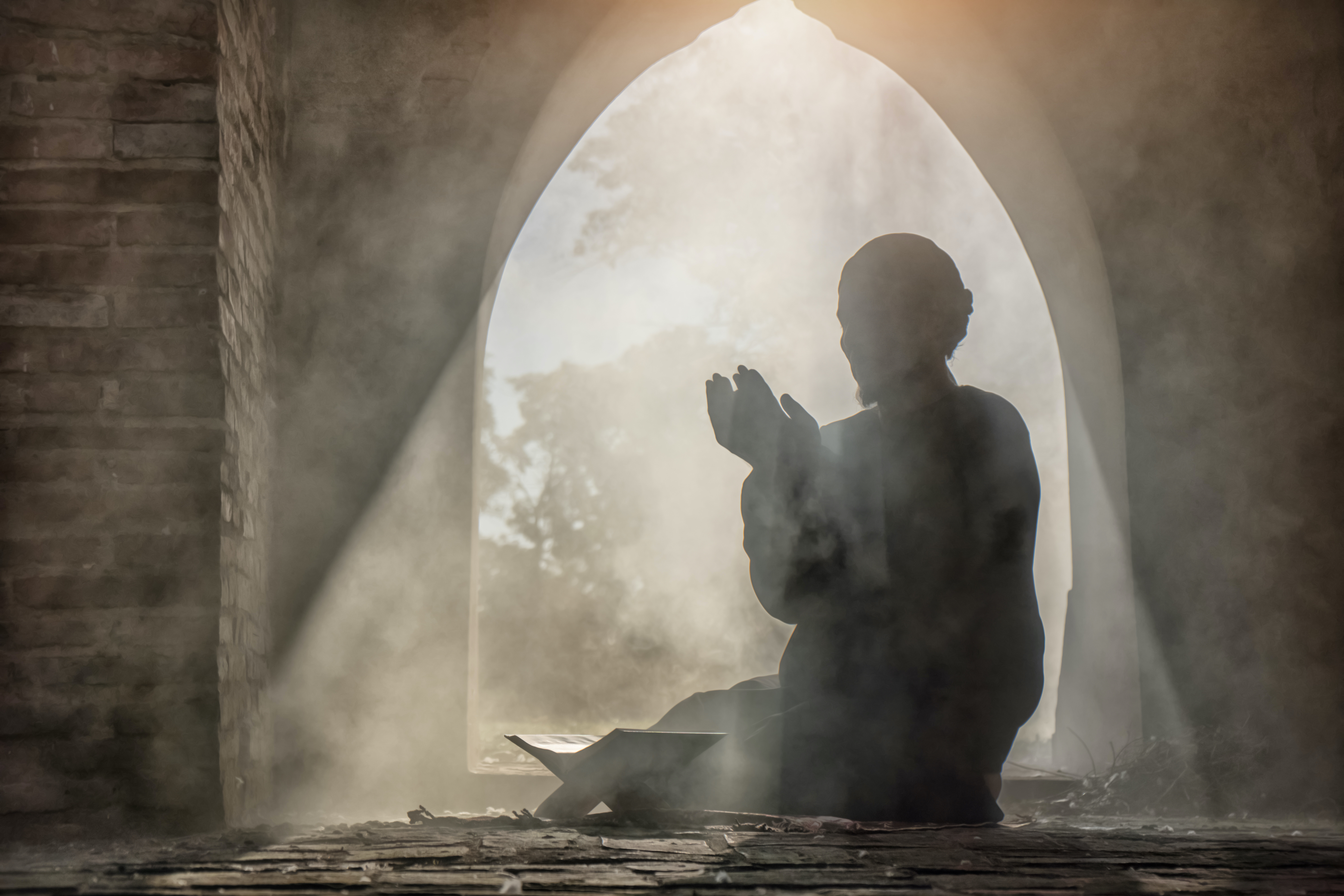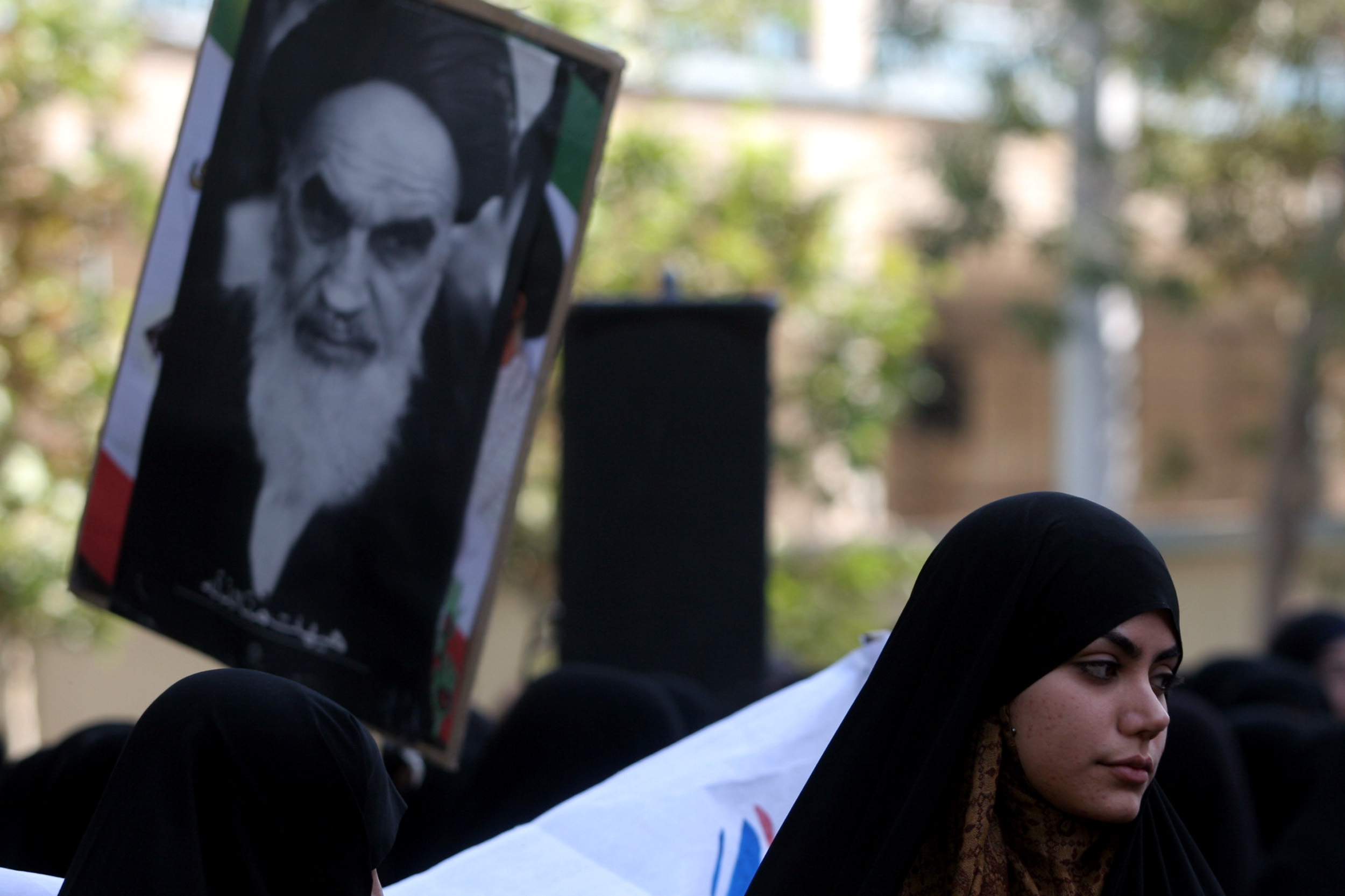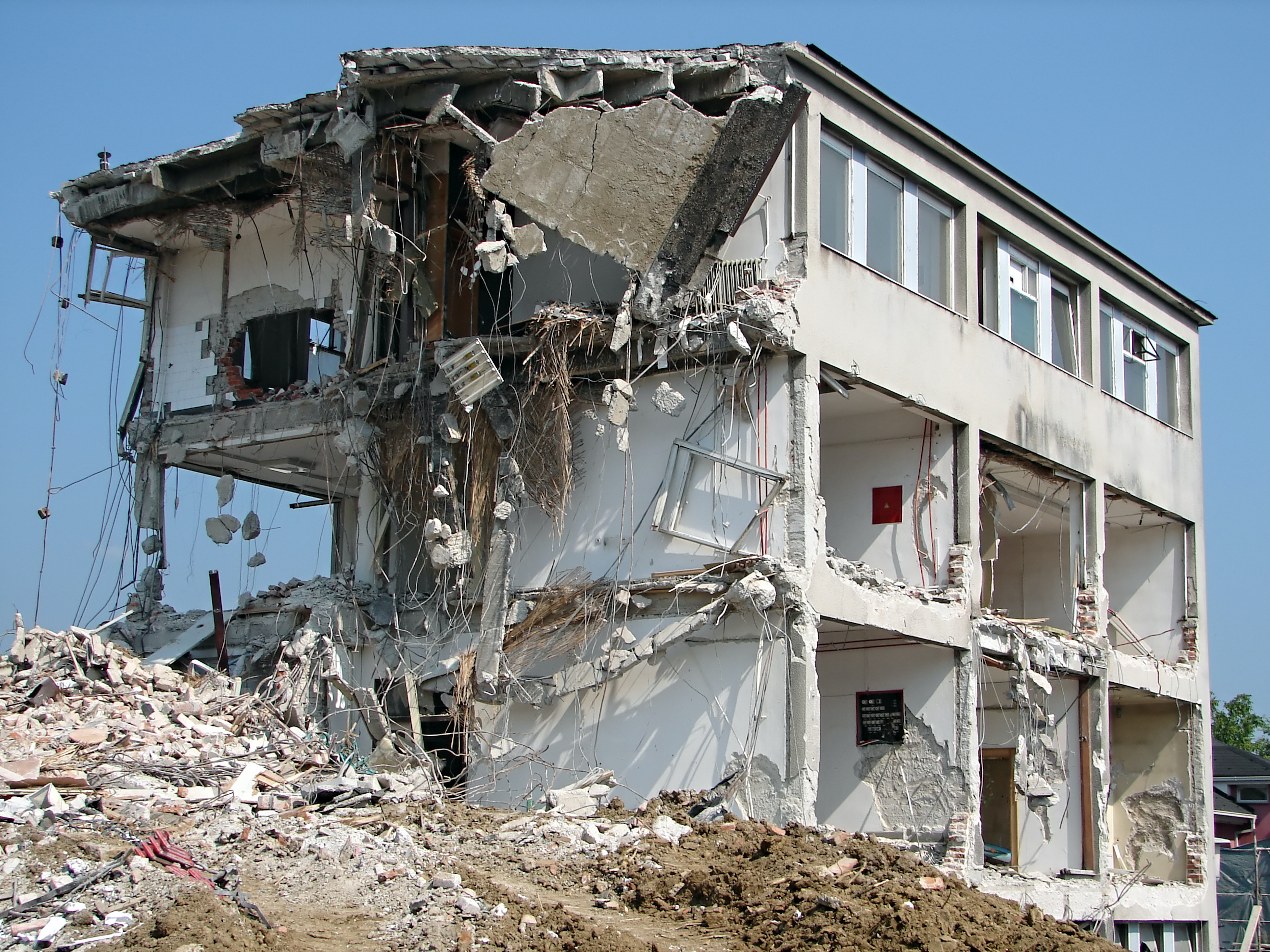Resistance politics by Muslim movements were very dangerous in the 1970s. The State had always practised tremendous repression against the Muslim Brotherhood whenever it became politically potent. Under King Farouk, the movement is seriously repressed, and the first founder was even assassinated – apparently with the State’s consent.
The same degree of repression also occurred with the Free Officers Revolution in Egypt. Although initially partnered with the Muslim Brotherhood, General Mohamed Naguib, Gamal Abdel Nasser and the Free Officers abandoned the partnership when the Muslim Brotherhood attempted to exercise ideological control over the revolutionary movement.
As a result, several members are thrown into jail. These captives experience widespread torture and human rights violations, which breed a more profound sense of antagonism towards the Egyptian State among them. They see the revolutionary regime as one under which believing Muslims could not practise their faith without compromise. They begin to see the Egyptian regime as un-Islamic owing to the abuse they receive.


